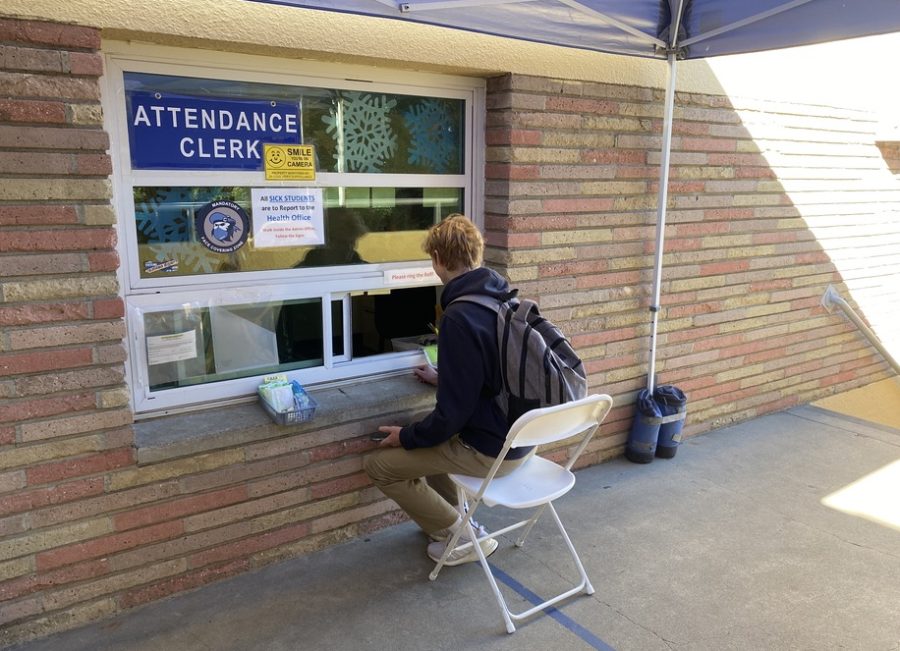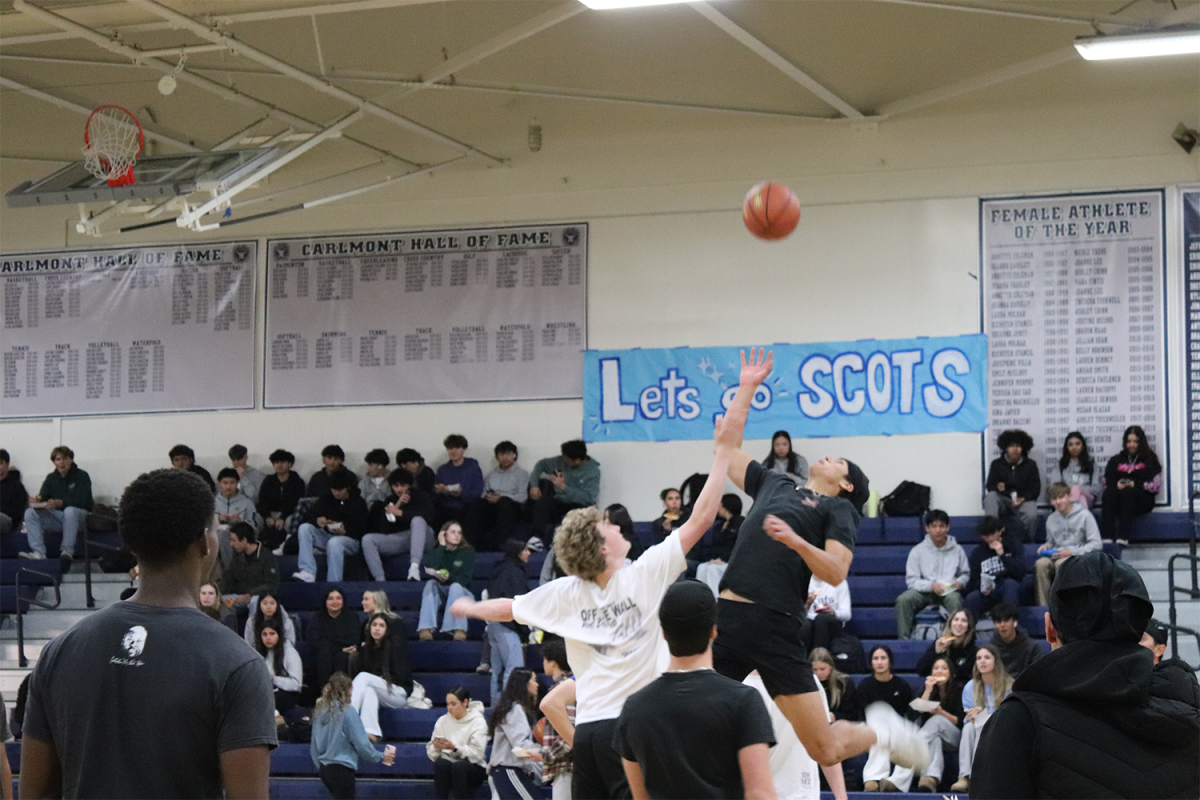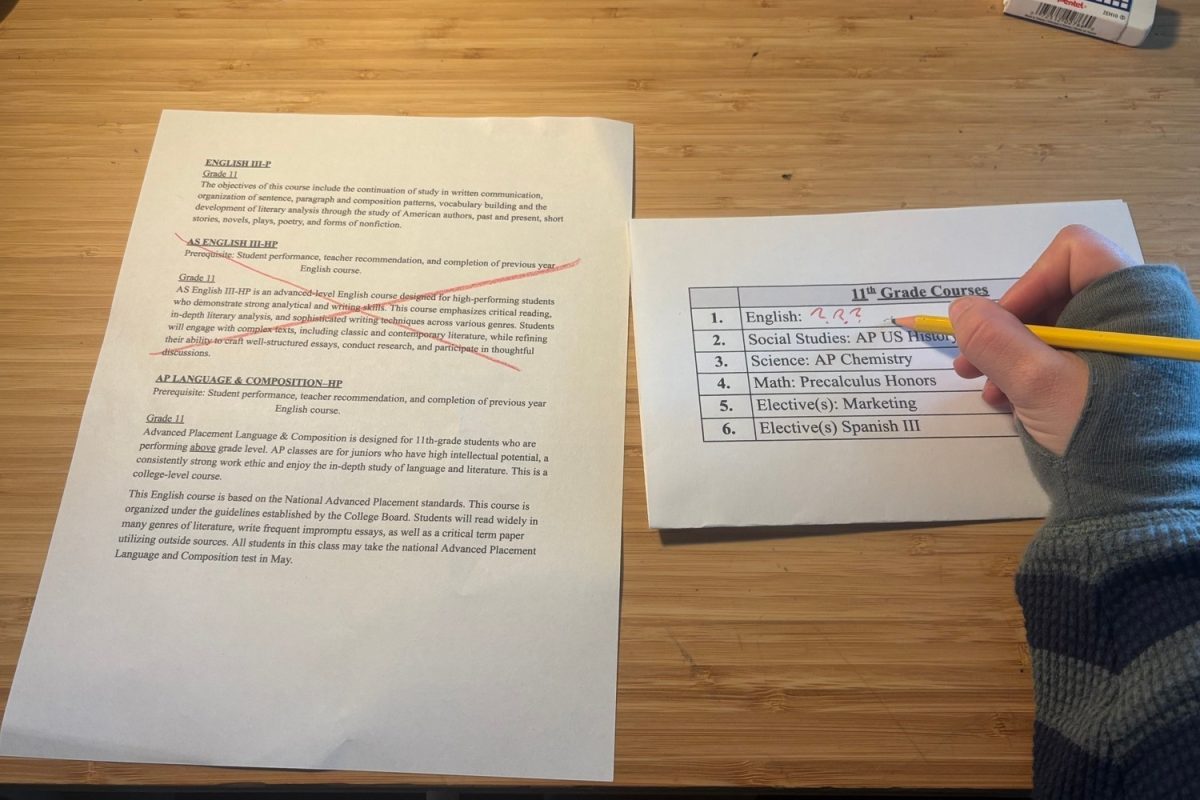Receiving a passing grade no longer requires student attendance.
The Sequoia Union High School District (SUHSD) Board of Trustees voted to remove the Non-Attendance (N/A) policy on Nov. 16.
The Board introduced the N/A policy in 1997; it was initially a grading option for students who were already failing classes because of a lack of attendance, according to the Assistant Superintendent of Educational Services, Bonnie Hansen.
The current form of the N/A policy states that if a student has 18 absences and three or more are unexcused, they will receive a failing grade. A teacher can appeal the grade to the principal if there is a clerical error or if the student has unforeseen circumstances such as a serious illness or family emergency.
Unfortunately, the punitive manner of the N/A policy did not help attendance rates as intended and was unfair to students and their families.
“It doesn’t make any sense to say even though you learned enough to pass this course, we’re going to fail you because you didn’t attend because attendance is the only way to learn,” said SUHSD Board member Alan Sarver.
The policy also fails to factor other aspects of a student’s life.
“This is an equity issue. If one student has parents who have the ability to call in every time they’re sick, and another student has parents who maybe they’re working two jobs, or they’re taking care of a younger sibling, and they forget to call in, both those students earn C’s,” said Tammy De Paoli, Carlmont’s Head Counselor.” The difference is that one has three cuts, and the other doesn’t.”
With the policy’s removal, students’ grades are more reflective solely of their knowledge of the material.
“Elements that are not a direct measure of knowledge and understanding of course content, such as attendance, shouldn’t be factored into the academic grade,” De Paoli said.
Opponents of the N/A policy also argue that it is unfair to students because it allows the parents’ actions to influence their grades.
“If you don’t have a parent who understands the process, you are more likely to end up with the N/A strike. If you are a kid with a tough home life and are not willing to share that, you are more likely to get the N/A,” Hansen said.
Since attendance no longer impacts grades, the question now is: how will the district ensure that students continue to attend class?
The district is taking a new approach to monitoring attendance.
“We are establishing student attendance review teams at each school in the district and a district-wide student attendance review board. The idea is to be keeping closer track of attendance and having more proactive interventions with students who are not attending regularly,” Sarver said.
Eliminating the N/A policy was fueled by a larger fact: student absence rates have increased during and since the pandemic.
Although the district implemented initiatives to combat these numbers with Attendance Awareness Month, eliminating N/A has welcomed a more favorable reaction.
“I think it’s a really good development by the school because it’s not fair to the students to have their grades removed. There could be many reasons why someone would be absent,” said sophomore Charlie Wescott.
It is still to be determined whether the SUHSD Board’s new approach will successfully lessen the number of absences, but the district and the students are hopeful.













